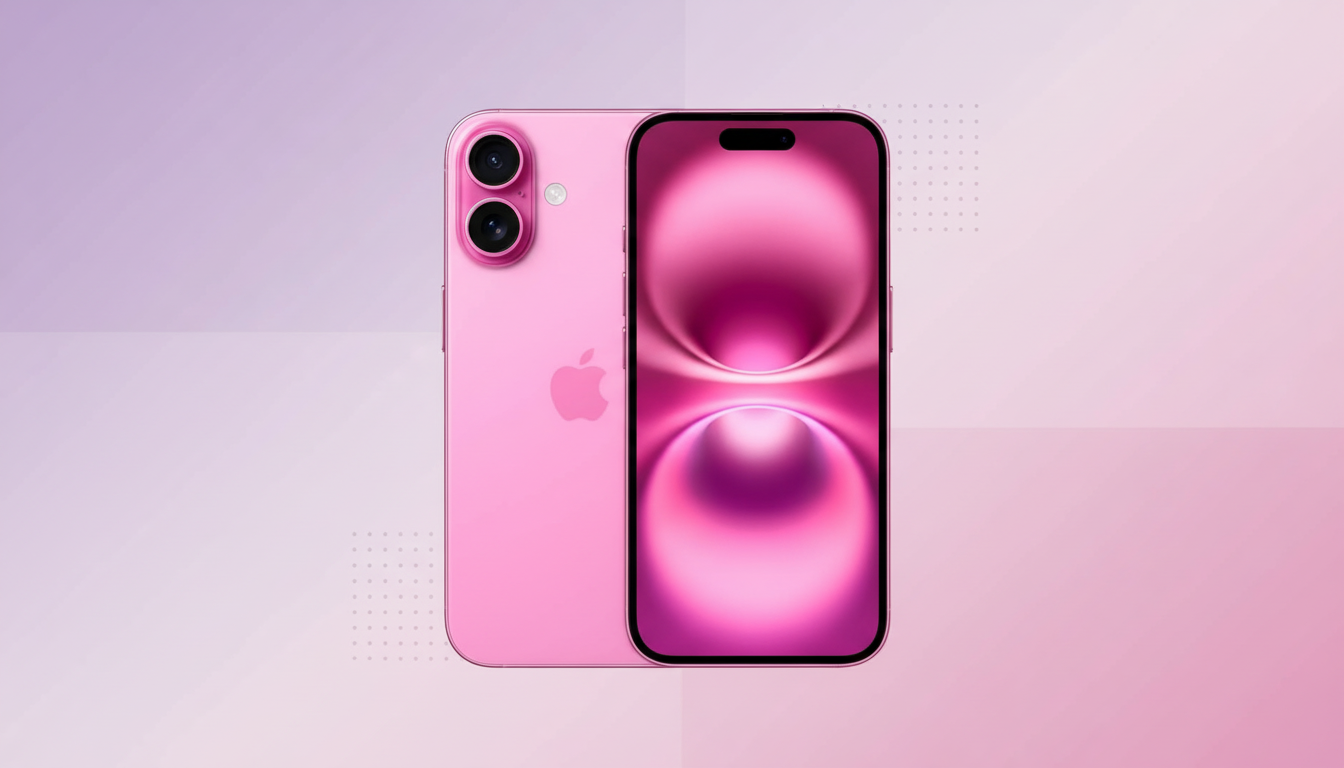Android is starting to win the battle against iPhone in one arena: avoiding scam calls, texts, and questionable applications. The latest survey data and additional research all corroborate the same point: Google’s operating system, particularly on newer devices, blocks more scams by design and does so sooner in the attack chain. Android is gaining the upper hand in the fight against scams because mobile scams are growing in scale and sophistication. Members of the Global Anti-Scam Alliance have witnessed billions of dollars lost worldwide in recent years, with fraudsters utilizing artificial intelligence to replicate voices, create automated agents that impersonate technical support employees, and labor-intensive phishing lures to persuade you to give private information. People are becoming more conscious of when a scam is or is not occurring.
What the new YouGov data shows
In a recent Google and YouGov poll of the United States, India, and Brazil, Android users were 58% more likely than iPhone owners to state they received zero scam texts during the previous week. This trend was significantly more apparent among users of the Google phone, who were 96% more likely than iPhone owners to receive no scam texts. On the other hand, iPhone owners were 65% more likely to receive three or more scam texts in a week. Perception matched up: almost a fifth of iPhone owners (20%) rated their spam defenses as extremely or very safe, whereas 15% of Apple iOS users stated their gadgets did little to protect against scam calls.

Why Android’s defenses hit earlier in the scam chain
Android’s defense is not a single attribute but rather a stack. Google Messages, Phone by Google, Gmail, Chrome, and Play Protect now interact like a woven wire. They analyze anomalous behavior with on-device AI during calls, texts, emails, and apps before the scammer pulls you in:
- AI flags risky texts inside an active exchange in Messages, instead of afterward.
- The Phone app navigates mysterious callers automatically and delivers real-time, on-device warnings if the conversation drifts toward suspicious requests, such as gift cards, cryptocurrency, or bank data. Call content stays on the device.
- Gmail filters 99.9% of spam and phishing attacks, with large-language-model–originated filters that improve detection of hard-to-spot attacks by an additional 20%.
- Chrome’s Safe Browsing offers a wall against dubious websites.
- Play Protect scans billions of apps—even current ones—to wipe out cheating or policy-breaking programs, safeguarding against unacceptable apps in the Play Store.
Independent research backs Android’s lead in scam protection
Third-party estimates back up the survey: Counterpoint Research recently discovered that modern Android leading flagship models deploy AI-driven defenses throughout nine primary layers, comprising network, device, identity, messaging, browsing, and app security, while iOS is built defensively within fewer layers as of today. This is critical since scams spread rapidly across various mediums.
Leviathan Security Group testers came to the same conclusion, giving highest marks to recent Android flagships for default scam-prevention strength, to Pixels for leading, and placing the latest iPhones slightly behind in combined call, SMS, and app-protection effectiveness. Crucially, their assessments focus on real-world baselines—what you can get as an everyday user without digging through settings or downloading extra apps.

Apple, of course, has not been sitting idle. In addition to an extensive combination of general and exception logic in its CallKit and MessageKit frameworks, iOS offers Silence Unknown Callers, junk reporting in Messages, a Live Voicemail feature for most US carriers, and maintains stringent control over the apps on its App Store. New Communication Safety features can flag explicit photos and sensitive content, while Apple’s privacy architecture can significantly reduce sensitive data exposure. However, many of iPhone’s defenses depend on user opt-in, carrier tools, or third-party filters, and there’s a shortfall of default, proactive cross-channel warnings. This confluence helps explain why more scams in testing appear to be getting through to iPhones.
How to strengthen scam protections on Android
- Turn on Call Screen and Scam Protection in the Phone app.
- Keep RCS features on in Messages.
- Keep Play Protect active.
- Keep your system and Google apps up to date.
- Be wary of in-call appeals to pay or offer remote access even when no prior warning appears on-device.
How to strengthen scam protections on iPhone
- Turn on Silence Unknown Callers.
- Turn on SMS Filtering.
- Turn on “Report Junk” in Messages.
- Explore reputable call-blocking apps to fill the gap.
In all cases, give no heed to urgency to pay through gift cards and scrutinize urgent demands with official inquiry tools.
The bottom line: Today, Android’s stratified, AI-first approach has reduced the reach of scams and end-user concerns. In a competitive field, the system that detects new threats first and in the most possible channels will ultimately deliver. Android currently has that advantage.

